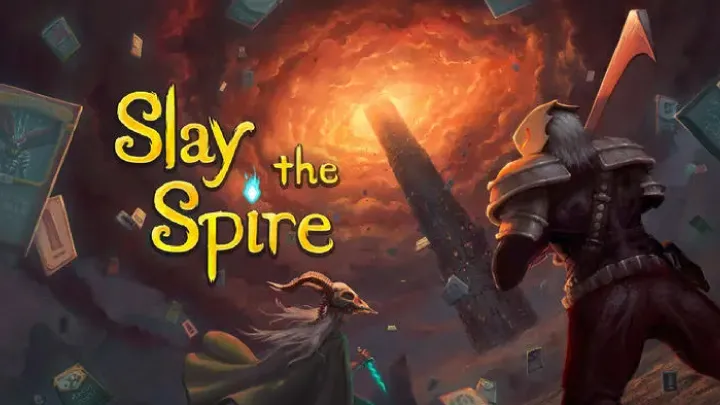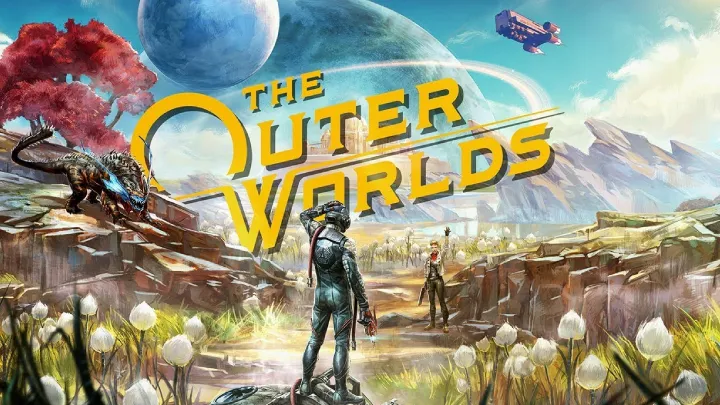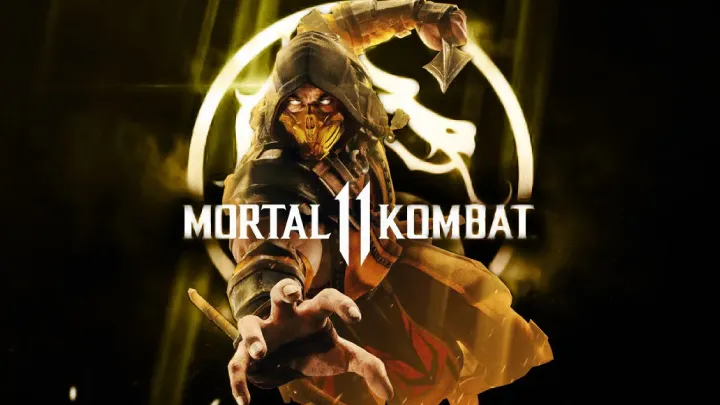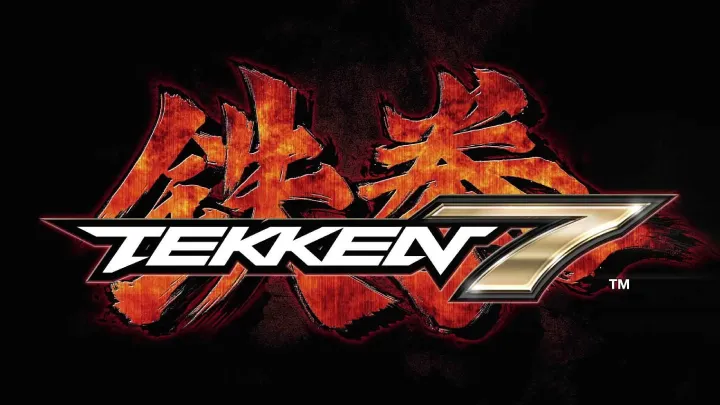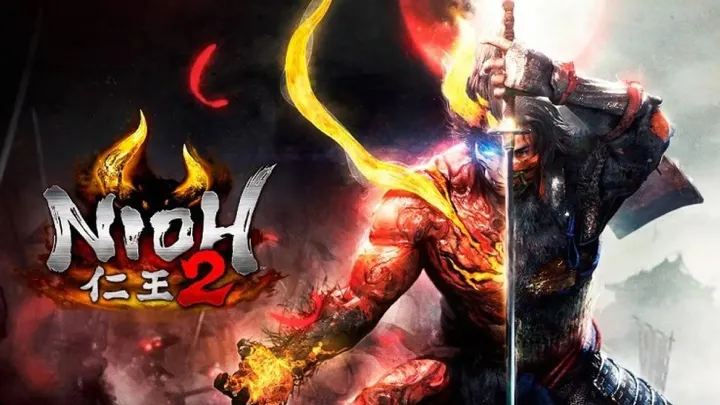Solo Leveling: ARISE OVERDRIVE (hereafter A/O) attempts something deceptively simple and very difficult at the same time: convert the visceral, single-player power fantasy of the Solo Leveling IP into a sustainable live-service game that keeps players coming back. That translation requires design decisions across pacing, reward economy, gacha mechanics, narrative beats, visual feedback, and community psychology. This article drills deeply into one specific issue: how ARISE OVERDRIVE reconciles Solo Leveling’s fast, linear “rank-up” fantasy with the stop-and-start, probabilistic nature of gacha and live-service progression. We’ll follow the topic through ten stages—from initial expectations to long-term retention—each section examining concrete mechanics, player psychology, and design trade-offs. Expect a mix of systems analysis, player-behavior psychology, and actionable insights for designers and players who want to understand why certain moments in A/O feel euphoric and others feel grindy.
1. The Core Promise: Instant Power vs. Delayed Reward
ARISE OVERDRIVE inherits a central promise from the Solo Leveling source: watching a protagonist rapidly get stronger is intensely satisfying. In the webtoon/manhwa, Sung Jin-woo’s progression is linear, visible, and immediate clear thresholds, instant level-ups, and new skills unlocked with dramatic flair. Translating this into a mobile/live-service context runs into an immediate tension: the game needs monetization and retention systems that inherently delay and gate power.
Players come in expecting cinematic growth: new forms, new abilities, clear progression arcs. The game’s first hours often honor that expectation—tutorials, guaranteed drops, and story-linked power spikes recreate the source thrill. But once the beginner curve ends, the classic gacha grind appears. The design challenge is to keep the perception of “rapid growth” while implementing necessary pacing.
Why players care about "perceived progression"
Perception matters more than raw numbers. If a player feels stronger—through visual upgrades, new skill animations, or enemy telegraphing—then even small numerical gains can feel meaningful. A/O often leans on audiovisual feedback to sell progression when the economy slows.
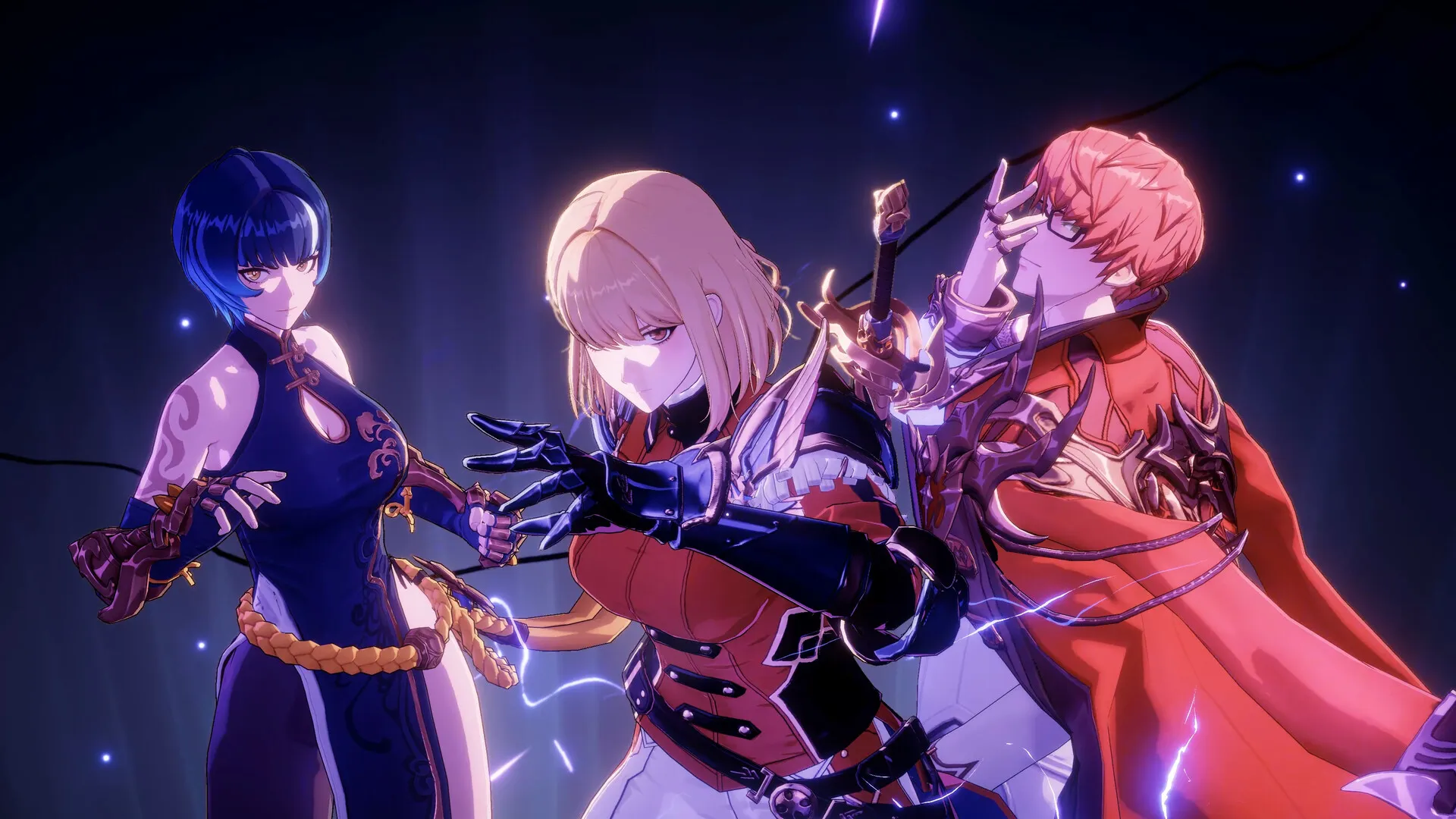
2. Onboarding the Power Fantasy: Early Guarantees and Story Beats
Good onboarding in A/O centers on two elements: guaranteed upgrades and narrative setpieces. Early missions simulate the manhwa’s key moments (dungeon clears, boss encounters) with scripted boosts and guaranteed character unlocks. This is deliberate: the game wants players emotionally invested before introducing RNG.
By building early wins into the campaign, A/O establishes a baseline of awe. Players experience the "leveling" fantasy in the first 4–10 hours—new skills with flashy VFX, cinematic ultimates, and cutscenes that mirror the source. From a retention standpoint, these early spikes are crucial; players who see themselves as “the protagonist” are far more likely to grind for the next step.
Design takeaway for live games
Granting early certainty buys goodwill. After the initial honeymoon, the game can introduce probabilistic systems without immediate backlash—provided those systems continue to deliver occasional, well-timed certainties.
3. The Gacha Tension: Rarity, Power, and Player Expectations
Eventually, progression moves behind gacha pulls: weapon skins, S/A-rank hunters, unique artifacts, or skill shards. This is the core friction point. In Solo Leveling lore, power is earned through fights, not chance. In games, new power often arrives via randomized summons. This mismatch can create cognitive dissonance—players feel the theme says "train and rise", while the system says "hope you rolled".
ARISE OVERDRIVE mitigates this by hybridizing methods: some character copies are farmable, some are summon-only but with pity systems, and occasional timed events guarantee specific units. Yet the core tension remains: the feeling that meaningful power is partially out of the player's control. How that tension is handled determines whether players feel motivated or manipulated.
Pity systems and perceived fairness
Pity counters and clear odds reduce the sense that the game is gambling. They convert randomness into time-delayed certainty, which can fit the Solo Leveling fantasy if paced correctly.
4. The Economy of Growth: Materials, Shards, and the Slow Grind
Beyond characters, growth requires materials: ascension shards, enhancement ores, skill books, and rune/gear fragments. The resource economy is where the game enforces pacing. Ascension gates—requiring rare drops—create "soft walls" that slow a player’s ascent. In principle this preserves longevity, but in practice it can feel like abstraction layered on top of the fantasy.
A/O uses several levers to soften the grind: auto-farm modes (with limited stamina), multi-stage weekly shops, and targeted farming dungeons. Smart players can optimize—targeting event shops that accept earned tokens rather than RNG drops but casual players often face the slow drip of resource inflow.
Balancing dopamine and delay
Resource gates should create anticipation without crushing momentum. Short, repeatable content that offers incremental gains keeps players engaged, while longer-term goals (e.g., crafting an S-rank soul gear) provide a motivating horizon.

5. Skill Acquisition: Learning by Doing vs. Paying for Power
In the manhwa, new abilities are obtained through battles and self-discovery. In A/O, some skills are unlocked by leveling while others require shards or special items. This design choice impacts player agency. When abilities are tied to play (clear X dungeon to learn Y skill), the narrative remains intact. When they are purchasable or gated behind summon-exclusive upgrades, the progression feels monetized.
A/O mixes both: core skills typically unlock through level and story, while enhancement levels or alternate skill trees can be purchased or pulled. The compromise is workable—if the core thrill of gaining a new, visually distinct ability stays accessible to all players. Where A/O occasionally missteps is when the most interesting active-skill variants are monetized, creating FOMO for completionist players.
Player retention implication
Players who feel their personal skill expression is purchasable (not earnable) are likelier to churn or aggressively monetize. Free players need viable, meaningful progression paths to stay invested.
6. Narrative Integration: Maintaining the Solo Leveling Beat
One of the most powerful ways A/O preserves the IP is through narrative gating: story arcs that come with guaranteed mechanical progression. Boss fights tied to storyline advancement often reward unique upgrades, ensuring the player’s arc statically maps to the protagonist’s rise.
This approach has two benefits. First, it aligns mechanical growth with narrative satisfaction. Second, it reduces friction when introducing monetized captures—players have already experienced core power spikes through the story. A/O’s strongest moments are when a cutscene is immediately followed by a guaranteed skill or stat increase, preserving the manhwa’s emotional cadence.
Narrative as progression scaffolding
Using story to anchor progression prevents the game from feeling like a slot machine sandwiched between chapters. It turns upgrades into plot milestones.
7. Visual & Audio Feedback: Selling Power Through Sensory Design
A major reason Solo Leveling’s progression feels satisfying is the sensory amplification: new abilities arrive with new animations, sound cues, screen-shake, slow-motion, and enemy-wipe VFX. ARISE OVERDRIVE amplifies these to sell a sense of power without changing numeric deltas.
Designers use three sensory levers: cosmetic changes (new costumes, weapon gloss), combat feedback (critical sparkles, impact lines), and UI upgrades (new title screens, rank banners). Even modest numeric gains can feel monumental when paired with cinematic presentation. A/O frequently uses “moment of ascension” cinematics to make a 5% stat increase feel like a paradigm shift.
Cheap thrills that work
Investing in big-screen FX for milestone upgrades is cost-efficient—developmently—and yields outsized returns in perceived satisfaction.
8. Multiplayer & Social Levers: Ranking, Guilds, and Showcases
Solo Leveling’s appeal is solitary ascension, but ARISE OVERDRIVE is a social product: arena rankings, guild raids, and co-op boss fights provide external validation. Social systems serve two opposing roles: they create aspiration (I want to be top 100) and they create comparison stress (I’m behind others who whale).
A/O employs social showcases unique skins, titles, and frames—to reward high achievement. This is a delicate balance: exclusive cosmetic rewards sustain competitive players without breaking power parity if they remain purely cosmetic. Where social features go wrong is when top-ranking gear is exclusive and unpurchaseable except via heavy RNG or paywalls.
Healthy social incentives
Leaderboards and guild progression are most sustainable when they reward effort and strategy rather than pure spending.

9. Event Design: Short-Term Power Spirals and Accessibility
Events are the primary way ARISE OVERDRIVE accelerates perceived progression. Timed events drop shards, offer guaranteed character copies, or provide crafting materials in quantity. Well-designed events let casual players catch up and let paying players amplify progress—both necessary for a healthy live game.
However, the cadence matters. Too many “power events” create an expectation that progression only happens during events, making normal gameplay feel empty. Conversely, too few events make progress glacial. A/O’s sweet spot appears to be a rhythm of frequent small events (daily/weekly) plus occasional large, narrative-linked events (seasonal banners) that give players real sprint opportunities.
Event types that help balance progression
- Token exchange events (non-RNG access to gear)
- Story-linked guaranteed unlocks
- Limited-time farming boosts (double drop weekends)
10. Long-Term Retention: The Loop Between Empowerment and Frustration
After a few months, player sentiment depends on whether A/O has balanced empowerment with meaningful, achievable goals. If the majority of the player base feels that progression is a series of deliberate, narrative-linked wins punctuated by manageable resource grinds, retention is high. If too many milestones are locked behind summon luck or exorbitant farming, players either monetize heavily or leave.
The ideal loop in A/O is: cinematic early wins → midgame strategic choices (builds, artifacts, gear) → event sprints for targeted upgrades → long-term high-skill content (endgame raids, PvP). The game’s health is measured by how well that loop honors the Solo Leveling fantasy empowerment through effort while still supporting monetization.
Metrics to watch
Retention spikes after guaranteed story milestones, churn correlates with perceived "paywall moments," and monetization spikes when events align with high-visibility cosmetics or limited-time guarantees.
Practical List: How Players Can Navigate A/O’s Progression System (Actionable Tips)
- Prioritize story progression first many core upgrades are guaranteed.
- Save tokens for targeted event shops rather than impulsive pulls.
- Use auto-farm efficiently focus on nodes that drop ascension materials you’re currently short on.
- Balance roster breadth with depth having 2–3 well-invested hunters beats many lightly leveled ones.
- Watch event rotations some events reappear predictably; patience can save currency.
- Join a guild early for access to guild-only resources and social guidance.
- Invest in sensory upgrades (cosmetics/skill skins) only if they meaningfully improve gameplay feel for you.
- Monitor pity counters plan summons around guaranteed thresholds to reduce wasted currency.
Solo Leveling: ARISE OVERDRIVE walks a narrow ridge between two incompatible ideals: the instant, visible ascension that makes Solo Leveling addictive, and the slow-burn monetized pacing required by live-service games. The title succeeds when it aligns narrative milestones with gameplay rewards, uses sensory design to sell small gains as meaningful growth, and offers event and economic systems that provide both predictable certainty and occasional surprise. Its weakest moments occur when the core thrill—getting noticeably stronger after a fight—becomes contingent on a chance roll rather than a player’s effort. For designers, the lesson is clear: honor the IP’s power fantasy with guaranteed early progression and story-linked wins, then layer monetized randomness as optional amplifiers rather than the only path forward. For players, the path to satisfaction is pragmatic: chase story milestones, use events wisely, and build a compact roster that grows consistently.










